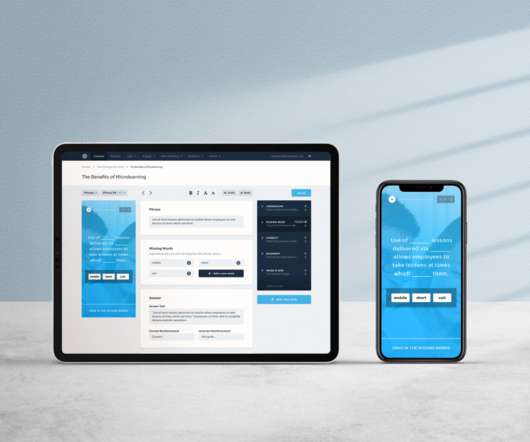PKM is our part of the social learning contract
Jane Hart
APRIL 24, 2012
The PKM framework is based on eight years of practical research and use. Selecting media and tools: Deciding where and how to start, whether it be with blogs, activity-streaming, podcasts, video, etc. Finding your voice: Using a probe-sense-respond approach, participants can test out a new medium within our community of practice.































Let's personalize your content